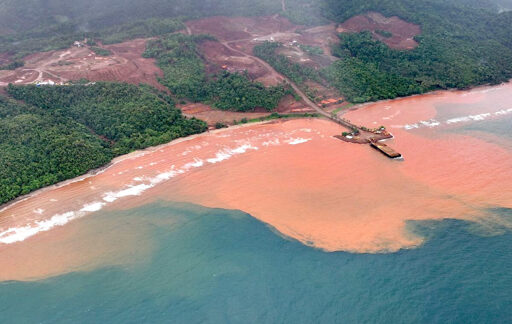- cross-posted to:
- [email protected]
- [email protected]
- cross-posted to:
- [email protected]
- [email protected]
Indonesia’s environment ministry plans to curb deforestation and push for environmental rehabilitation in response to industrial nickel mining on Kabaena Island, where severe ecological damage and the cultural and economic collapse of the Indigenous Bajo people have been widely reported. The crisis has exposed deep-rooted failures by both government and corporations, revealing the human and environmental toll of the country’s profit-driven push for green energy. In mid-March, extreme weather and high tides churned up nickel-laden sediment beneath the stilt homes of the Bajo people in Baliara village on Southeast Sulawesi’s Kabaena Island. That afternoon, 2-year-old Masra disappeared while playing on a wooden bridge, and moments later, her lifeless body was found in the murky, mud-filled water. It was not the first time a Bajo child had drowned in the rising sludge, which now reaches as high as an adult’s calf. These drownings also draw parallels with the children dying in coal mining pits in East Kalimantan. “Usually Bajo children that age already know how to swim, but she didn’t,” said Irma, the girl’s aunt, who was the last to see her leave the house. According to her, this was the third case in which the Bajo, long known as a sea-faring people, had lost children to the treacherous sediments of nickel ore. In Baliara, heavy rains caused rivers to overflow, sending muddy runoff from nearby nickel mines into homes on land and sludge beneath the stilted houses on the coast. Image courtesy of Kabaena-based NGO Sagori. Experts and activists report…This article was originally published on Mongabay
From Conservation news via this RSS feed


